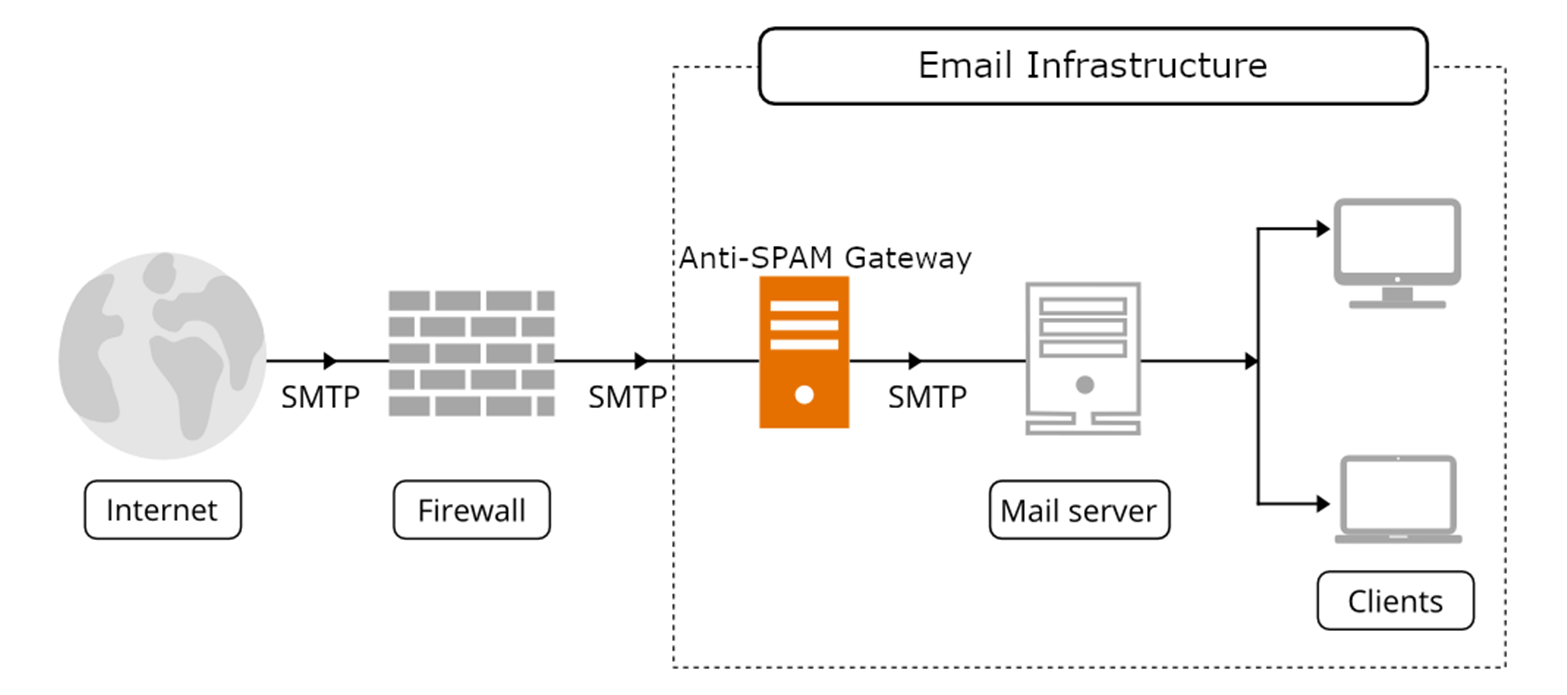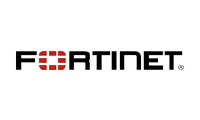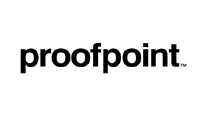Anti-Spam-Virus Gateway
A comprehensive email security platform that helps you protect your mail server from email threats, and ensuring data integrity with its enterprise-class feature-set.
Anti-Spam-Virus Gateway email security solution help you to protect your mail server against all email threats the moment they emerge. User friendly, web-based management interface allows IT professionals and businesses to control all incoming and outgoing emails with ease and to protect their users from spam, viruses, phishing and trojans. The full featured Anti-Spam-Virus Gateway is deployed between the firewall and the internal mail server and allows to control all email traffic from a single platform.
Easy Integration into Existing Mail Server Architectures

Anti-Spam-Virus Gateway is a mail proxy and protects your mail server from all email threats with a focus on spam, viruses, trojans and phishing emails. Deployed between your firewall and the internal email server, all incoming and outgoing email traffic is analyzed and various services for mail filtering are applied, for example the Postfix Mail Transport Agent (MTA), the ClamAV® antivirus engine and the Apache SpamAssassin™ project.
Virus Scanning
Anti-Spam-Virus Gateway integrates ClamAV with the Google Safe Browsing Database.
ClamAV is an open-source antivirus engine designed for detecting trojans, viruses, malware and other malicious threats. It provides a high performance mutli-threaded scanning daemon, command line utilities for on demand file scanning, and an intelligent tool for automatic signature updates.
Spam Detection
Anti-Spam-Virus Gateway uses a wide variety of local and network tests to identify spam signatures. This makes it harder for spammers to identify one aspect which they can craft their messages to work around. Every single e-mail will be analyzed and get a spam score assigned. The systems attempt to optimize the efficiency of the rules that are run in terms of minimizing the number of false positives and false negatives.
Receiver Verification
Many of the junk messages reaching your network are emails to non-existent useres. Anti-Spam-Virus Gateway detects these emails on SMTP level, which means before they are transferred to your networks. This reduces the traffic to be analyzed for spam and viruses up to 90% and reduces the working load on your mail servers and scanners.
Sender Policy Framework (SPF)
Sender Policy Framework (SPF) is an open standard for validating emails and to prevent sender IP address forgery. SPF allows the administrator of an Internet domain to specify which computers are authorized to send emails with a given domain by creating a specific SPF record in the Domain Name System (DNS).
DNS-based Blackhole List
A DNS-based Blackhole List (DNSBL) is a means by which an Internet site may publish a list of IP addresses, in a format which can be easily queried by computer programs on the internet. The technology is built on top of the Domain Name System. DNSBLs are used to publish lists of addresses linked to spamming.
SMTP Whitelist
Exclude senders from SMTP blocking. To prevent all SMTP checks (Greylisting, Receiver Verification, SPF and RBL) and accept all e-mails for the analysis in the filter rule system, you can add the following to this list: Domains (Sender/Receiver), Mail address (Sender/Receiver), Regular Expression (Sender/Receiver), IP address (Sender), IP network (Sender)
Bayesian Filter – Automatically trained statistical filters
Some particular words have a higher probability of occurring in spam emails rather than in legitimate emails. Being trained to recognize those words, the Bayesian checks every email and adjusts the probabilities of it being a spam word or not in its database. This is done automatically.
Black- and Whitelists
Black- and Whitelists are an access control mechanism to accept, block, or quarantine emails to recipients. This allows you to tune the rule-system by applying different objects like domains, email address, regular expression, IP Network, LDAP Group, and others.
Auto-learning Algorithm
Anti-Spam-Virus Gateway gathers statistical information about spam emails. This information is used by an auto-learning algorithm, so the system becomes smarter over time.
Spam URI Real-time BlockList (SURBL)
SURBLs are used to detect spam based on message body URIs (usually web sites). This makes them different from most other Real-time Blocklists, because SURBLs are not used to block spam senders. SURBLs allow you to block messages that have spam hosts which are mentioned in message bodies.
The innovative Message Tracking Center
The innovative Message Tracking Center tracks and summarizes all available logs. With the web-based and user-friendly management interface the IT admins can easily overview and control all functions from a single screen.
The Message Tracking Center is very fast and powerful, tested on Anti-Spam-Virus Gateway sites, processing over a million emails per day. All different log files from the last 7 days can be queried and the results are summarized by an intelligent algorithm.
All corresponding log files are displayed
- Arrival of the email
- Filtering processing with results
- Internal queue to your email server
- Status of final delivery
Real-time
The real-time syslog shows the last 100 lines, the output can be filtered by selecting the log files from a service or by entering an individual search string.
Greylisting
Greylisting an email from a sender your system does not recognize, means, that it will be temporarily rejected. Since temporary failures are built into the RFC specifications for mail delivery, a legitimate server will try to resend the email later on. This is an effective method because spammers do not queue and reattempt mail delivery as is normal for a regular Mail Transport Agent. Greylisting can reduce e-mail traffic up to 50%. A greylisted email never reaches your mail server and thus your mail server will not send useless “Non Delivery Reports” to spammers.
Customize with the Object-Oriented Rule System
The object-oriented rule system enables custom rules for your domains. It’s an easy but very powerful way to define filter rules by user, domains, time frame, content type and resulting action. It offers a lot of powerful objects to configure your own custom system.
Rules:
- ACTIONS – object: Defines the final actions
- WHO – object: Who is the sender or receiver of the e-mail?
- WHAT – object: What is in the e-mail?
- WHEN – object: When is the e-mail received by Anti-Spam-Virus Gateway?
Categories:
Every rule has five categories FROM, TO, WHEN, WHAT and ACTION. Every of these categories can contain several objects and a direction (in, out and both).
Options range from simple spam and virus filter setups to sophisticated, highly customized configurations blocking certain types of e-mails and generating notifications.
Other E-Mail Security Solutions We Provide:

Avanan

FortiMail

Barracuda Email
Security Gateway

Proofpoint Email
Protection Suite

Mimecast Secure
Email Gateway

Symantec Email
Security cloud

Symantec
Messaging
Gateway (SMG)

Cisco Email
Security

Forcepoint Email
Security








